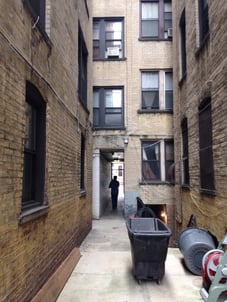
“So what if you run outside and there is another aggressor waiting for you?”
“I was thinking, what if the violent intruder accesses the roof of the school and comes down…”
“What if the active shooter drives his truck through the front doors then starts killing everyone?”
“What if?” Rarely do I finish a presentation when I am not faced with at least one “what if?” question. Some appear deeply sincere an concerning, while others seem to be so bizarre or off-base you wonder if they are just trying to be provocative. So when does emergency preparedness address enough scenarios or “what if’s”? One of the gauges used to decide what scenarios to consider and prepare for is a term called reasonable foreseeability. Reasonable foreseeability takes into account data from past events combined with intelligence about current trends, threat levels and technologies being used by today’s bad guys.
When it comes to school violence, we have a wealth of data and analysis of that material from literally every state and federal agency you can think of. When considering national trends outside of the school setting we look to reports prepared by the Department of Justice such as the Uniform Crimes Report (UCR) or for colleges and universities their annual Clery Reports.
Once we look at that data and combine it with current trends we can make reasonable assessment of whether the “what if” should be considered and planned for. Could we reasonably foresee that this event may happen based on what we know?
This work is ever evolving. It requires dedicated professionals to do the hard work of looking at the past and the present to come up with best practices and strategies to help keep us all safe. This process combines both the science and art. It is not perfect, but it has served us well. If you want to know more about emergency preparedness and staying safe we would love to talk with you. For safetysolutions4schools this is John Baker.
image courtesy of morguefile.com

 Employment
Employment News
News Online Store
Online Store Directions
Directions Delays/Cancellations
Delays/Cancellations


